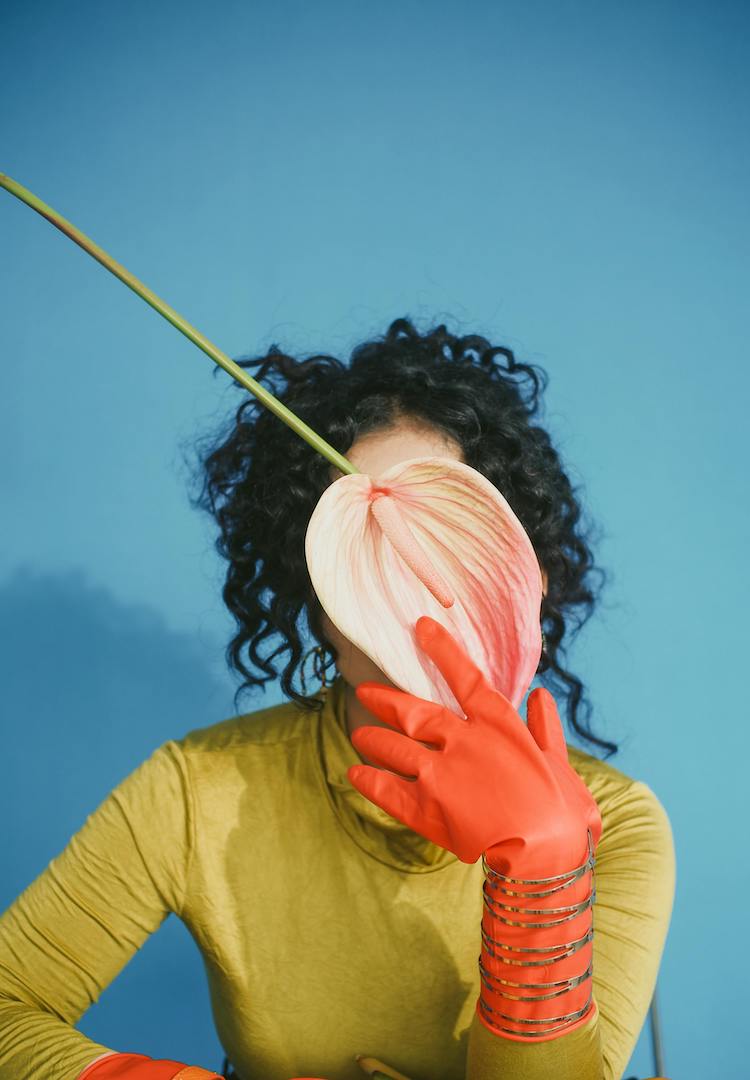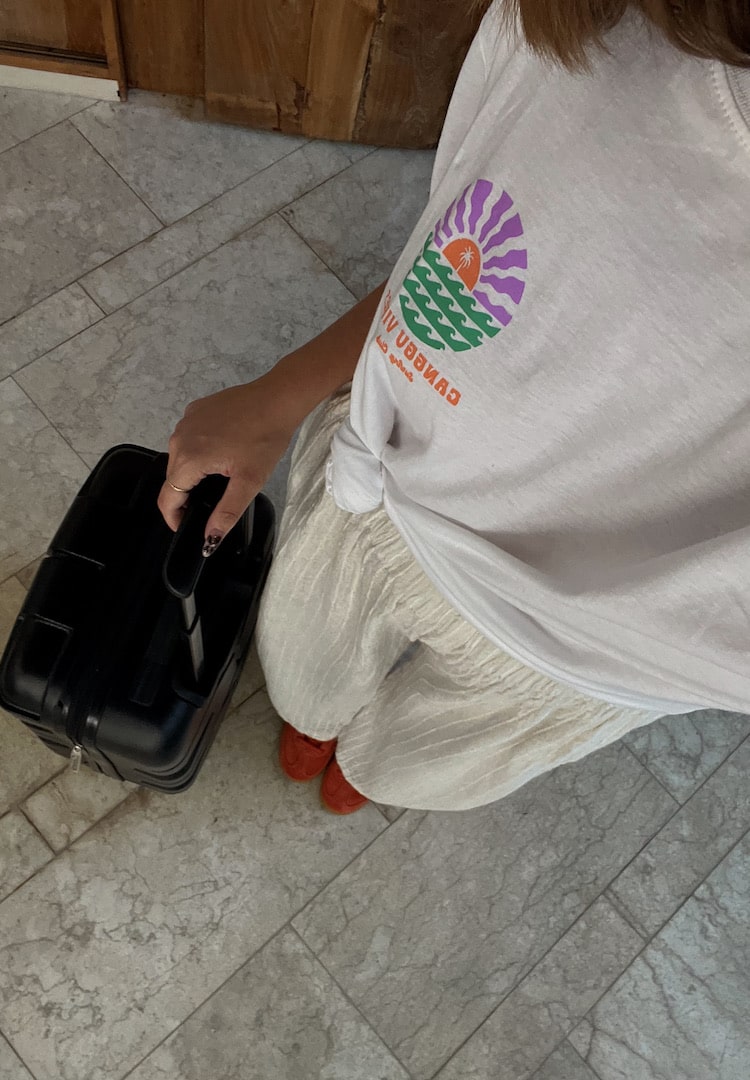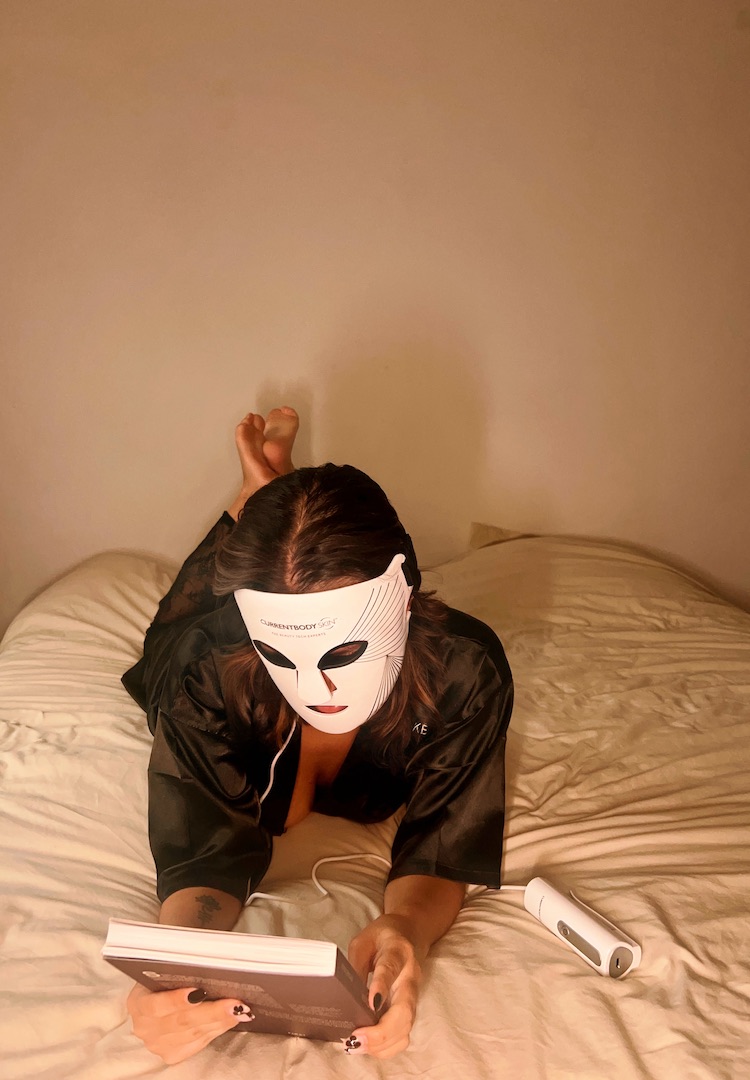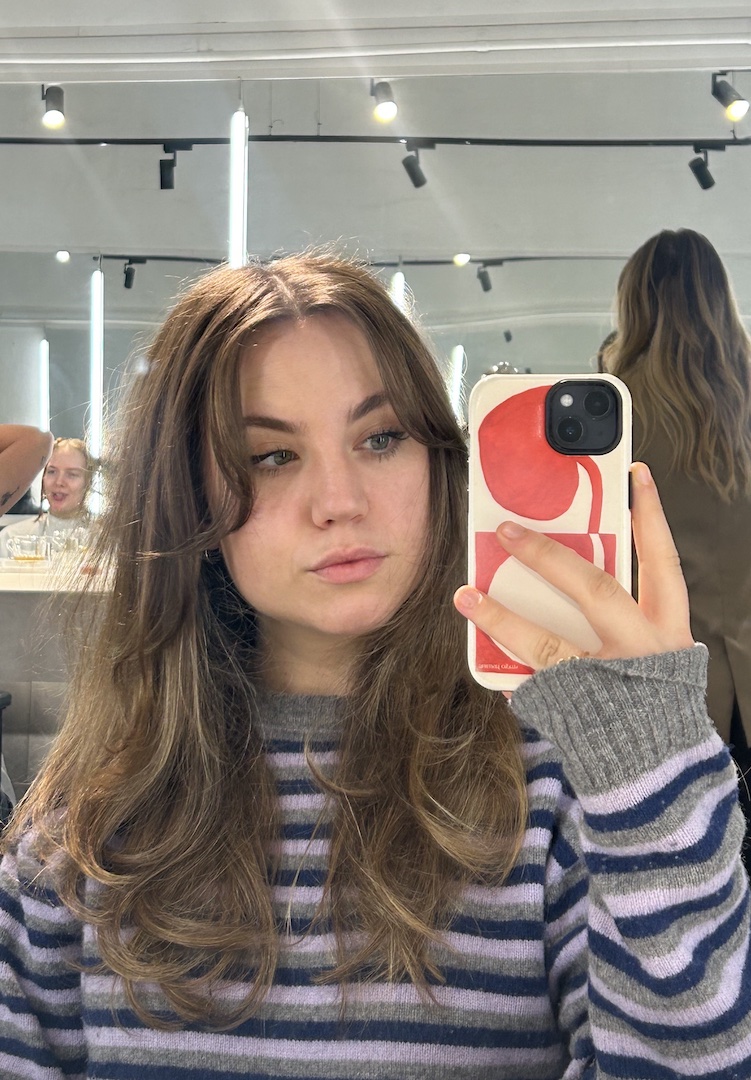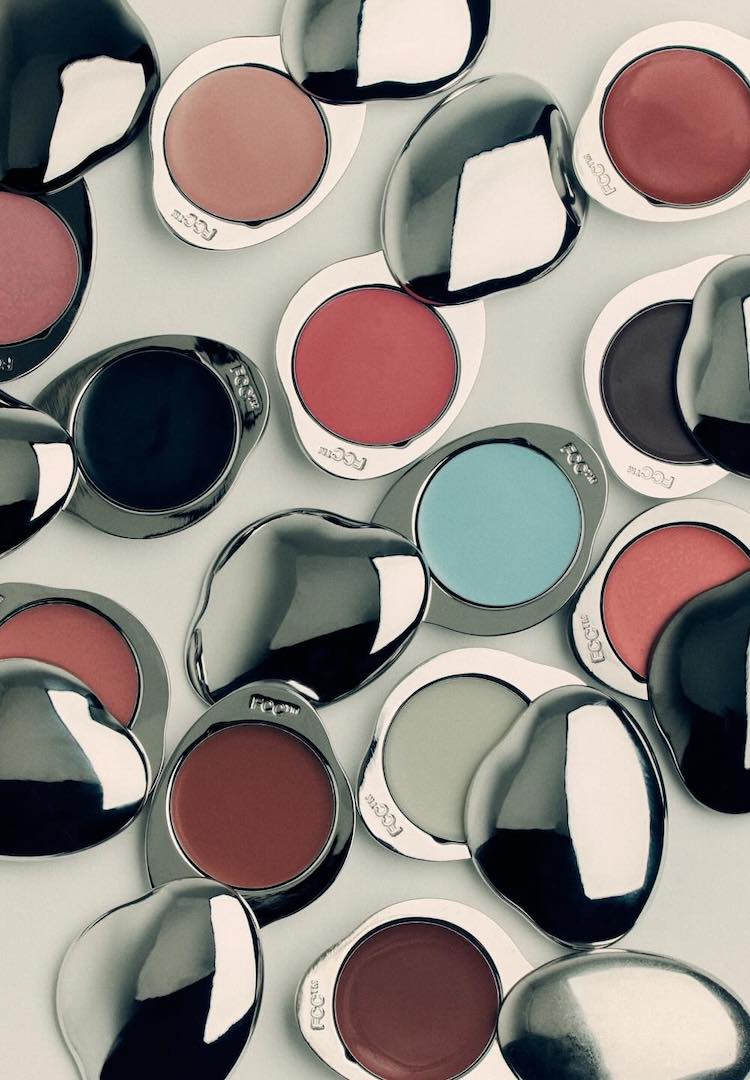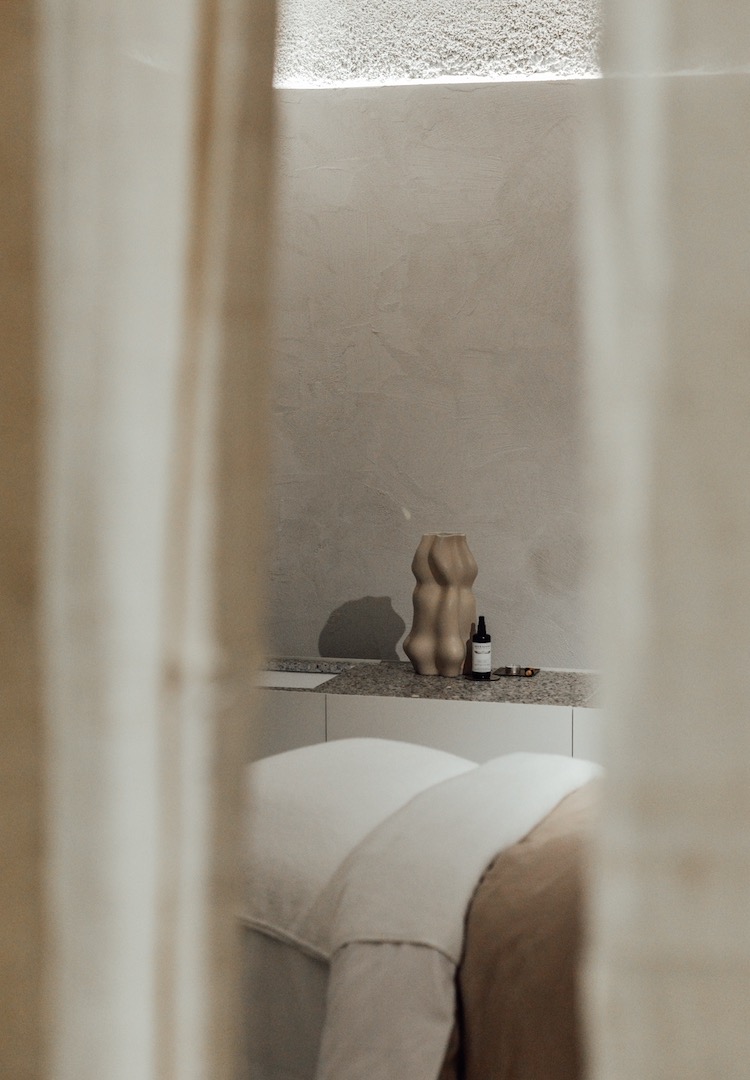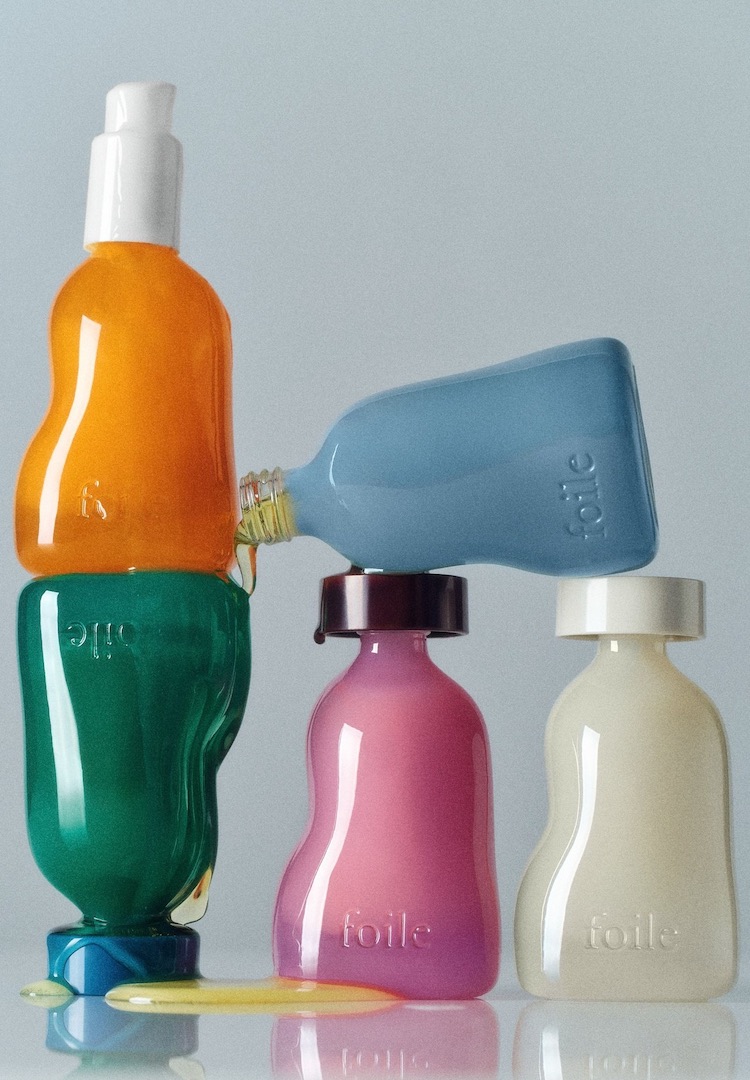Could fungal acne be the reason for the stubborn bumps on my forehead?
IMAGE VIA STARFACE
WORDS BY ELEANOR WILSON
The lowdown on those pesky little forehead bumps.
For most of us, acne and skin concerns are a right of passage in our journey to adulthood. Spots, pimples, zits, boils – whatever you call the pus-filled red bumps that take residence on our skin from our teen years, the global acne treatment market has us devoted to anything that will zap them into oblivion.
But could there be a ‘monster pimple’ sized gap in the market? While multi-step skincare regimens grant some of us the airbrushed skin we all dream of, others experience a few more ‘bumps’ in the road.
Searching for the latest in skincare? Visit our Beauty section.
Like me, you might find that the routine splash of benzoyl peroxide has satisfied most acne-prone areas of your face, yet certain stubborn areas, in my case the forehead, remain scattered with unwelcome clusters of tiny bumps.
These aren’t the type of spots that will reach their inflamed peak and erupt in an impatient squeeze of blood and pus (cue dermatologist frustration). No, these spots are like entitled colonisers on the skin. Whether you gently coerce them to leave with skincare cleansers and treatments, or take a more straightforward approach and physically try to squeeze and prod them out, they stay firmly put in their newly claimed home.
So if some of our acne is routinely kept at bay thanks to a splash of salicylic acid or a course of Roaccutane, why do these stubborn spots remain? Well, they mightn’t be acne at all.
What is ‘fungal acne’ and what causes it?
Dermatologist Dr Jo-Ann See, from Central Sydney Dermatology, explains that while fungal acne may look like standard whiteheads, it’s technically a yeast fungus infection, clinically known as malassezia folliculitis, or pityrosporum folliculitis.
So while skin enthusiasts like Skincare by Hyram might call it fungal acne, in the dermatology books, it’s not actually classed as a type of acne. But don’t be grossed out by the thought of a yeast infection on your face – yeast is naturally occurring on everyone’s skin. Sometimes we just experience an overgrowth of it, which can become trapped in your skin’s hair follicles, and hey presto, we get the small, pimple-like bumps we informally dub ‘fungal acne’. But to keep things accurate, we’ll refer to it as yeast folliculitis.
Dr See says although it generally appears in clusters, It’s not contagious and isn’t connected to your diet. And because it’s fungal and not bacterial, it sadly won’t respond to typical acne treatments. But she tells me the yeast infection does thrive on oily, and also sweaty, skin. “Yeast folliculitis is very common in acne patients because it often occurs in young, active people with an increased oil flow,” she reveals.
If you notice your bumps are particularly hungry for attention during summer, there’s a reason for that too. “Our normal skin yeasts tend to like hot humid climates so beware that you can get trunk folliculitis in summer and when you go on tropical holidays,” she reveals.
How do I tell if my spots are bacterial acne or yeast folliculitis?
Although they require different treatments, there’s no doubt the two skin concerns share many similarities. “The two conditions look very similar so it’s very confusing for patients and will often explain why it doesn’t go away with typical acne treatment,” says Dr See.
Both skin concerns manifest in small, raised pustules, most commonly in oil-rich areas like the chest, upper back and sometimes the forehead. While acne can vary in size and appearance, yeast folliculitis usually appears in clusters of similar size and appearance. Folliculitis also lacks comedones or ‘openings’ which we see in blackheads and whiteheads, and unlike acne, can be itchy at times.
Dr See adds that an easy way to tell if you’re dealing with folliculitis is to judge whether the spots reduce with typical antibacterial acne treatments. So if you find your skin has cleared everywhere except for a certain area of small bumps, it’s potentially fungal. But, as always, you’re best to see a GP or specialist for a formal diagnosis.
How do I treat yeast folliculitis?
We’ll take care of some housekeeping before diving into the unusual treatment options that exist for yeast folliculitis. To keep fungal spots at bay, Dr See recommends washing off sweat as soon as you exercise, avoiding long hot showers and baths, and also avoiding greasy moisturisers and sunscreen, especially in summer.
Have a chat to a dermatologist about switching to oil-free alternatives. So, how do we bid adieu – or perhaps ‘good riddance’ – to yeast folliculitis? Have faith this isn’t another underresearched viral skincare hack, but to treat yeast folliculitis, dermatologists often recommend anti-dandruff shampoo.
“Topical treatments such as selenium sulphide shampoo and topical ketoconazole are effective in the majority of cases,” Dr See advises. In fact, dandruff and fungal acne are actually more similar than we realise – both can be triggered by an overproduction of yeast, so it makes sense that they would be treated in the same way. You can pick up products like Nizoral or Neutrogena T Gel from your local chemist or supermarket.
Dermatologists recommend washing the affected area with an anti-dandruff shampoo a few times a week to see results. You can also use it as a face mask in addition to your regular skincare routine, and with continued use, you should see improvements.
“Ongoing weekly application may be particularly useful as maintenance therapy to prevent recurrence especially during summer or during periods of intense activity,” says Dr See.
But if you have a more severe case of folliculitis, or are cautious of the dreaded shampoo-in-the-eye sting (a true form of torture if you ask me), Dr See says oral treatments are also available to treat yeast folliculitis. “Oral treatment may be more effective than topical treatment but you will have to see your GP for a prescription” she informs me.
Sadly, the word ‘yeast infection’ is often met with grimaces and squirmy groans, but it’s just another largely uncontrollable bodily function we have to learn to deal with as humans. So chuck on your favourite movie, pour yourself a glass of pinot and slather on a dermatologist-endorsed shampoo mask.
This article was originally published on August 5, 2021.
For more information about yeast folliculitis, head here.

